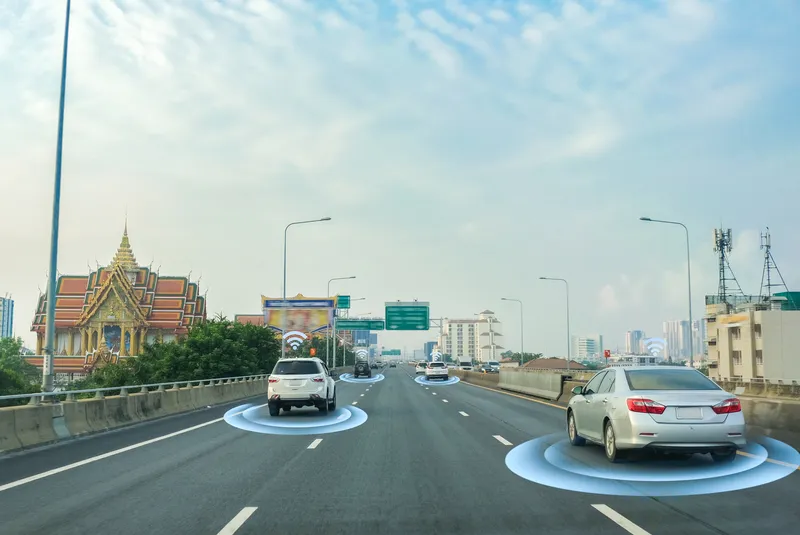Networkfleet has announced the availability of high-resolution satellite and hybrid maps in its flagship Networkfleet wireless fleet management system. The new mapping capability gives fleet managers the ability to observe vehicles in a real-world setting with 3D earth imagery. According to the company, this new functionality provides a more accurate and realistic depiction of a vehicle's location and its geographical surroundings.
February 3, 2012
Read time: 1 min









